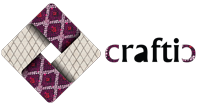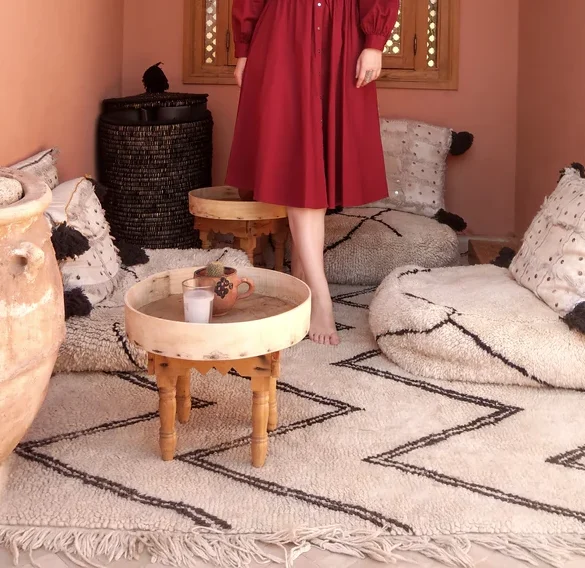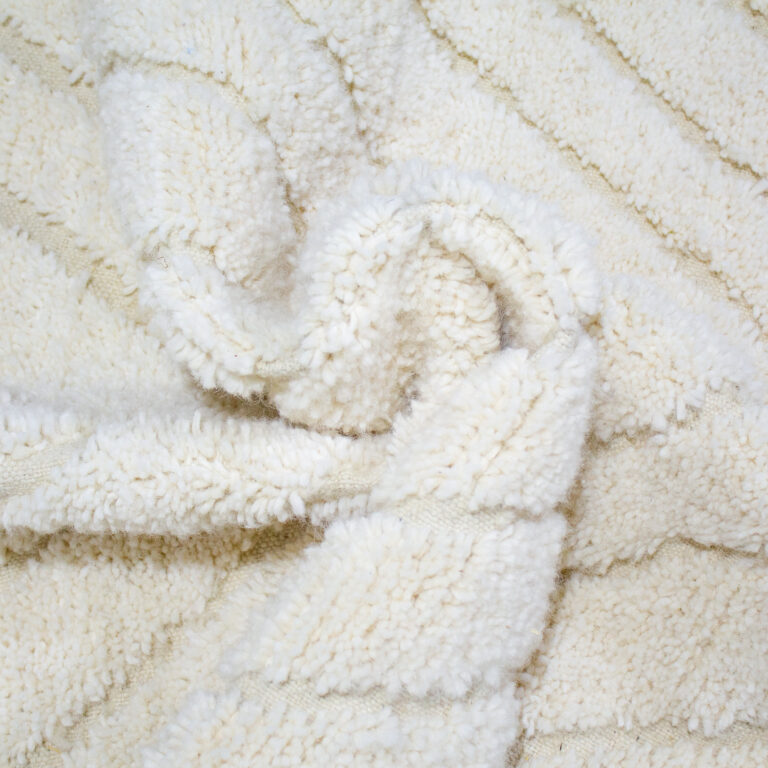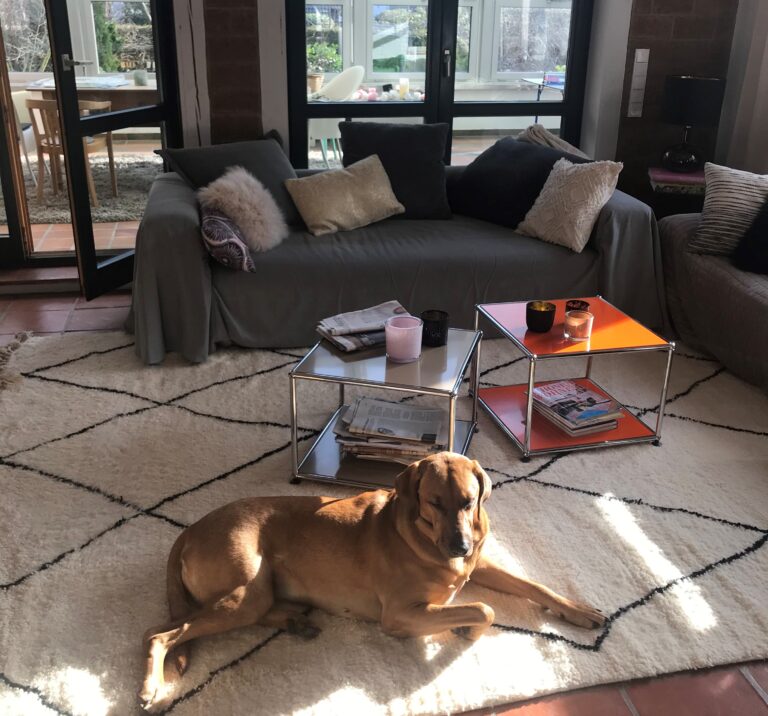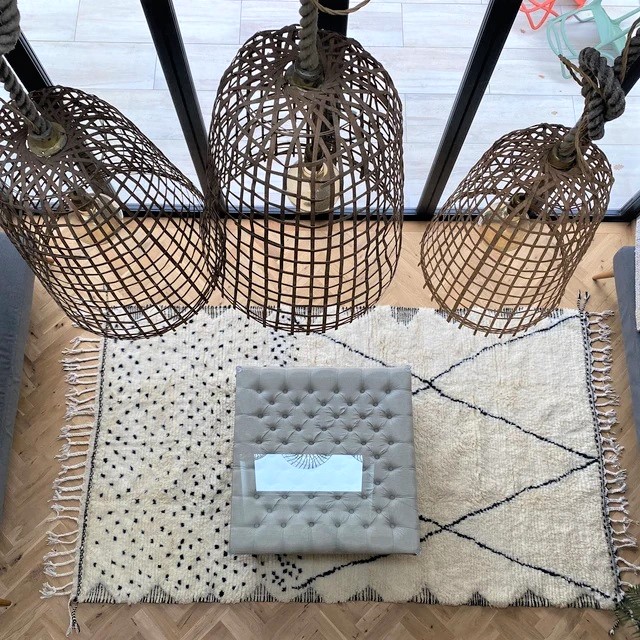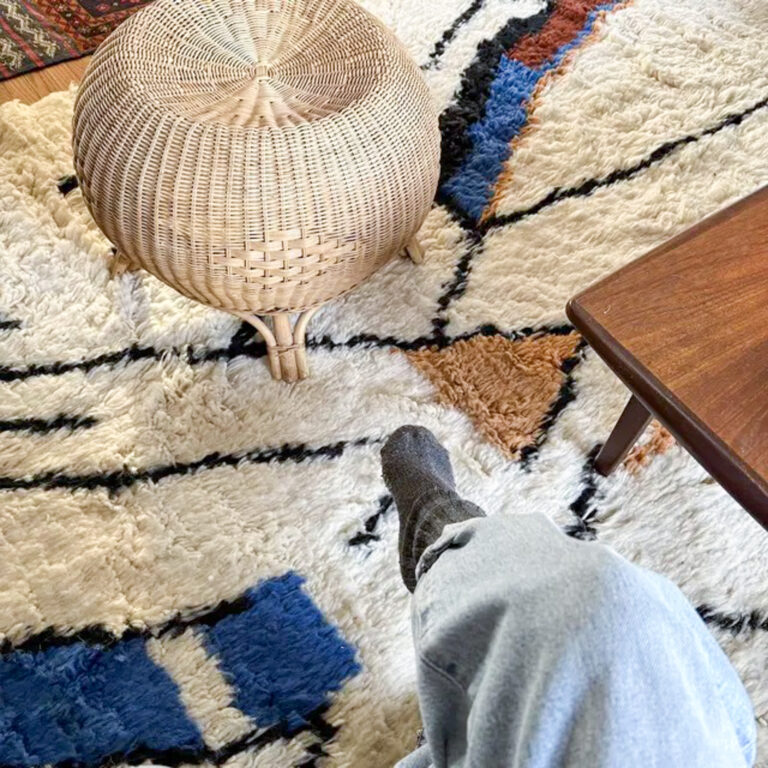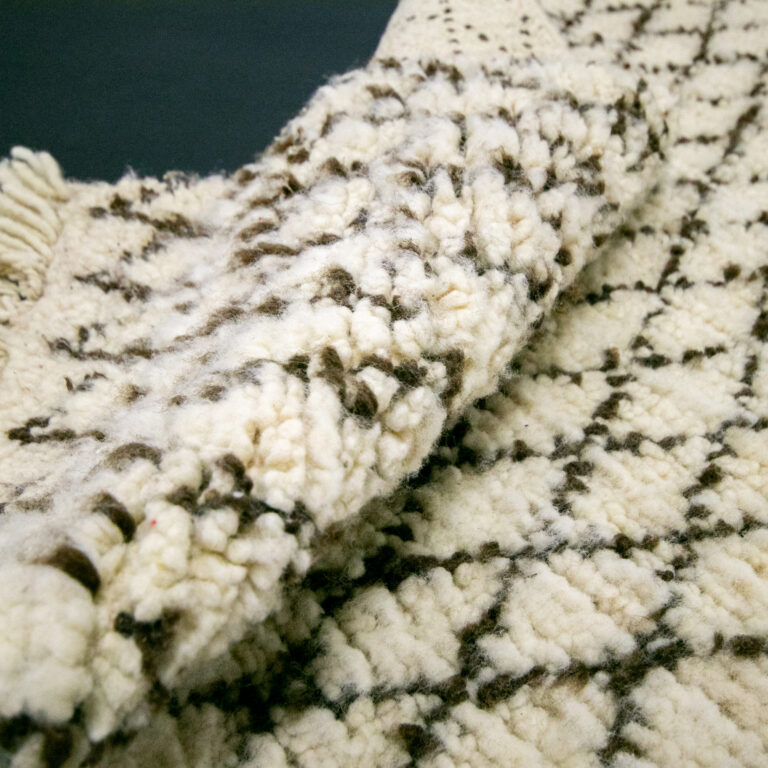The Quest for Authenticity: Your Expert Guide to Choose a Genuine Berber Rug
The Quest for Authenticity: Your Expert Guide to Choose a Genuine Berber Rug
Navigating the world of Berber rugs and want to ensure you’re investing in an authentic piece of Moroccan artistry? With the rising popularity of these beautiful textiles, the market has unfortunately seen a surge in mass-produced imitations. Don’t be fooled! This expert guide will equip you with the essential knowledge to confidently choose a genuine Berber rug that carries the rich history, cultural significance, and exceptional craftsmanship of the Berber people.
Decoding Authenticity: Key Factors to Consider When Buying Berber Rugs
To ensure your investment is truly a treasure, pay close attention to these crucial characteristics that distinguish authentic Berber rugs from their machine-made counterparts:
1. The Touch Test: Authentic Wool is Key
- Authentic Berber rugs material: Genuine pieces are primarily crafted from 100% natural wool, often hand-spun by skilled artisans. This natural fiber boasts a unique, slightly varied texture. You might notice subtle differences in yarn thickness and even slight color variations throughout the rug – a beautiful testament to its natural origin and the handcrafting process.
- Red Flags: Be wary of rugs that feel overly uniform, have a distinctly synthetic feel (slippery, shiny), or emit a strong chemical odor. These are strong indicators of non-authentic materials.
2. Unveiling the Weave: The Mark of Handcraftsmanship
- Handwoven Berber rugs: True Berber rugs weaving technique involves traditional looms operated by hand. Examine the back of the rug closely. You should see slight irregularities in the weave and the presence of knots, which are essential to securing the pile. A generally less “perfect” appearance compared to machine-made rugs is a hallmark of genuine handcraftsmanship.
- Red Flags: Perfectly uniform weaving patterns and a flawlessly smooth backing often indicate a machine-made imitation.
3. Design Narratives: Understanding Traditional Berber Patterns
- Traditional Berber rug designs: While contemporary interpretations exist, authentic Berber rug patterns often feature geometric motifs, ancient tribal symbols, and captivating abstract designs that carry deep cultural significance passed down through generations. Research the specific styles (like Beni Ourain, Azilal, Mrirt) and their traditional patterns to better identify authentic pieces.
- Red Flags: Be cautious of overly symmetrical or perfectly replicated designs, which are easily achieved through mass production and lack the individual artistry of a handwoven piece.
4. The Hue of History: The Beauty of Natural Dyes
- Natural dyes Berber rugs: Traditionally dyed Berber rugs utilize dyes derived from natural sources like local plants and minerals. This results in rich, earthy tones and sometimes vibrant hues with subtle variations and a natural depth of color.
- Red Flags: Mass-produced rugs often feature uniform, synthetic colors that can appear flat and lack the nuanced beauty of natural dyes.
5. Texture and Pile: A Sensory Experience of Authenticity
- Authentic Berber rug texture: The texture and pile of a genuine Berber rug will vary depending on the specific style. For example, Beni Ourain rugs texture are known for their thick, luxurious shag, while Mrirt rugs texture have a shorter, denser pile. The texture should feel natural and substantial, reflecting the quality of the hand-spun wool.
- Red Flags: A thin, flimsy feel or an overly uniform pile height across the entire rug can indicate a machine-made product.
6. Tracing the Origins: The Importance of Provenance
- Buying authentic Berber rugs Morocco: When purchasing a Berber rug, always inquire about its origin and the artisan or cooperative that created it. Reputable dealers who value ethical sourcing will be transparent about the rug’s history and provide information about its authenticity. Buying directly from Morocco or from trusted sources that work directly with Berber weaving communities is often the most reliable way to ensure authenticity and support the preservation of this incredible craft.
- Red Flags: Dealers who are evasive about the rug’s origin or cannot provide any information about the makers should be approached with caution.
7. The Value of Craftsmanship: Understanding the Price
- Price of authentic Berber rugs: Handwoven Berber rugs price reflects the significant time, skill, and dedication required to create them. Be wary of prices that seem too good to be true, as they likely indicate a mass-produced or lower-quality imitation that does not reflect the true value of the artisan’s labor and the quality of the materials. Investing in an authentic piece is an investment in artistry, cultural heritage, and a unique item that will last for generations.
- Red Flags: Exceptionally low prices are a strong indicator that the rug is not a genuine, handwoven Berber piece.
8. Trust Your Gut: The Final Indicator
- Identifying authentic Berber rugs: Ultimately, trust your own eye and your sense of touch. An authentic Moroccan rug will possess a unique character, a tangible sense of craftsmanship, and a certain soulfulness that sets it apart from a machine-made imitation.
Bringing the Soul of Morocco Home: The Reward of Authenticity
Owning an authentic Berber rug for your home is more than just adding a beautiful decorative element to your space. It’s about embracing a piece of history, connecting with a rich cultural tradition, and supporting the incredible artistry of the Berber people. These unique textiles possess an inherent warmth, captivating texture, and unparalleled visual interest that can transform any living space, adding a touch of soulful authenticity, timeless style, and a story waiting to be shared. By understanding these key factors, you can confidently embark on a rewarding journey of discovering a beautiful Berber rug that truly speaks to your soul and enriches your home for years to come.
